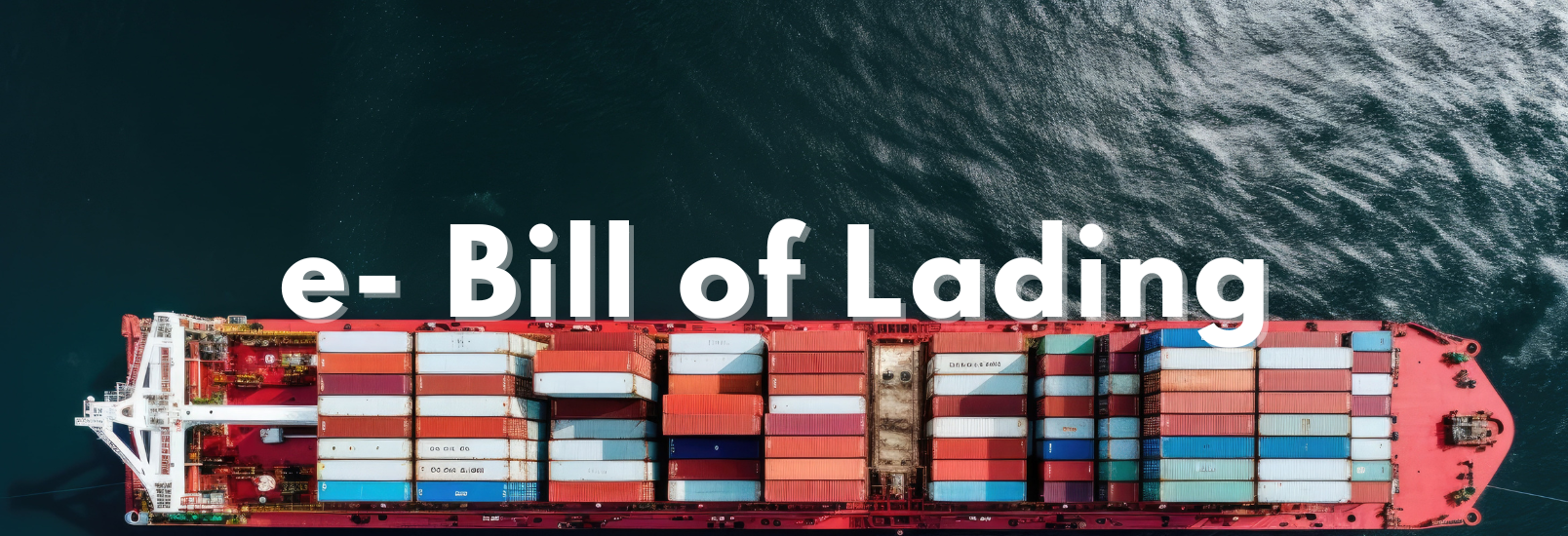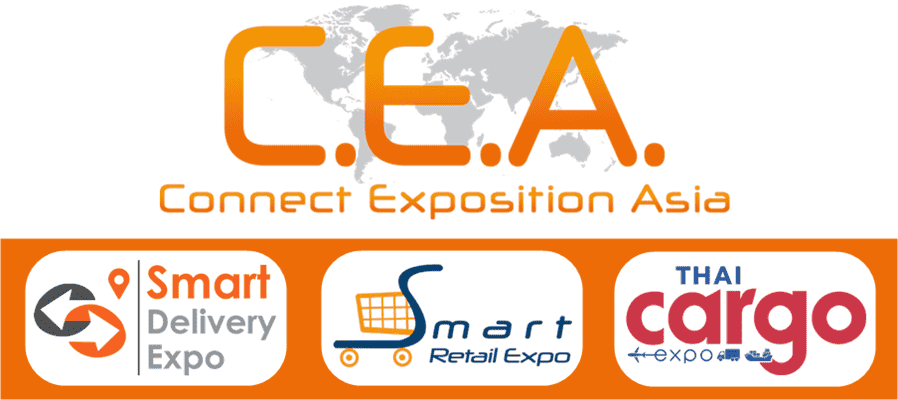Global trade relies on a vast network of transactions and documentation to ensure goods are transported efficiently and securely. Among the most critical documents in this process is the Bill of Lading (B/L), a legal document that serves as a contract, a receipt, and a title of ownership for goods being transported. However, traditional paper-based B/Ls have significant drawbacks, including inefficiency, delays, and susceptibility to fraud or loss.
The emergence of the Electronic Bill of Lading (eBL) marks a pivotal shift in global trade, bringing digitization to an industry long dominated by paper. At the heart of this digital transformation is the Legal Entity Identifier (LEI), which plays a critical role in ensuring trust, transparency, and efficiency in the eBL ecosystem.
This article delves into what eBL is, the role of LEI, and how LEI integration enhances the eBL framework. We also explore a real-world example of LEI application in the shipping industry, highlighting its transformative potential.
An eBL is the digital counterpart of the traditional paper-based Bill of Lading. It retains all the functions of its paper predecessor but offers enhanced efficiency, security, and transparency. By eliminating the need for physical document transfers, eBLs expedite the shipping process, reduce costs associated with printing and courier services, and minimize the risk of document loss or fraud. Moreover, eBLs facilitate real-time tracking and verification, providing stakeholders with up-to-date information about the shipment's status.
Despite its benefits, the global adoption of eBLs has faced several barriers, including concerns over interoperability, legal recognition across jurisdictions, and the need for standardization. However, advancements in digital trade ecosystems, coupled with supportive regulations, are paving the way for broader acceptance.
The Legal Entity Identifier (LEI) is a unique, 20-character alphanumeric code designed to identify legal entities engaged in financial or trade transactions. Established by the G20 and managed globally by the Global Legal Entity Identifier Foundation (GLEIF), the LEI provides a standardized and universally recognized way of identifying companies.
Each LEI contains key reference information about an entity, such as its name, registered address, and ownership structure. This information is publicly accessible, promoting transparency and enabling accurate identification of trade participants.
The integration of LEIs into the eBL framework significantly enhances its effectiveness and reliability. Here’s how:
1. Trust and Verification:
2. Interoperability Across Platforms:
3. Reducing Fraud:
4. Streamlined Processes:
5. Regulatory Compliance:
The adoption of eBLs is on an upward trajectory. A 2024 global survey by the International Chamber of Commerce (ICC) and other FIT Alliance co-founders revealed that the share of dual-format users (those using both paper and electronic bills of lading) surged from 28.0% in 2022 to 41.7% in 2024. The overall adoption rate—encompassing users of eBLs, exclusively or alongside paper B/Ls—rose from 33.0% to 49.2% during the same period. Notably, 74.7% of paper-only users plan to transition to eBLs, up from 58.0% in 2022.
The Digital Container Shipping Association (DCSA) has set an ambitious goal for its nine ocean carrier members to achieve 100% adoption of eBLs by 2030. This transition is projected to save stakeholders around $6.5 billion in direct costs and enable $30-40 billion in annual global trade growth.
The fusion of Electronic Bills of Lading and Legal Entity Identifiers is revolutionizing global trade by enhancing transparency, reducing fraud, and streamlining operations. As the industry progresses towards full digitalization, the integration of standardized identification systems like the LEI into eBL platforms will be instrumental in building a more efficient and secure global trade ecosystem.
References:
(i) ICC - International Chamber of Commerce ( https://iccwbo.org/news-publications/news/survey-shows-steady-rise-of-global-adoption-of-electronic-bills-of-lading/ )
(ii) DCSA (https://dcsa.org/newsroom/overcoming-legal-and-regulatory-barriers-to-ebl-adoption/ )









